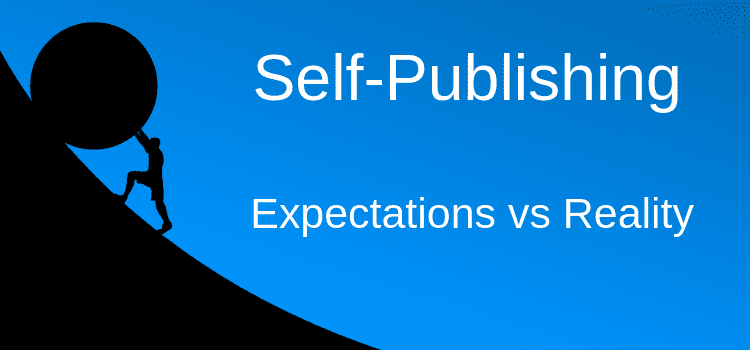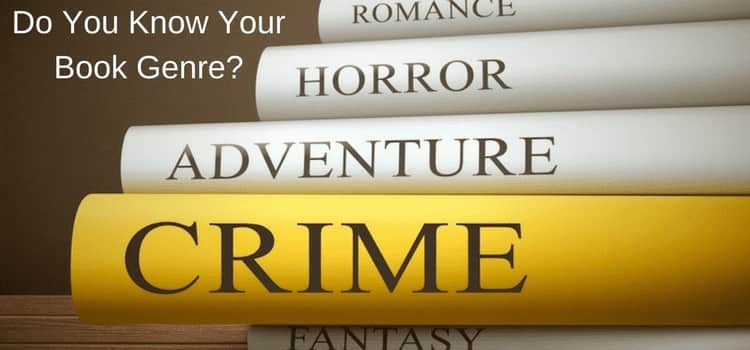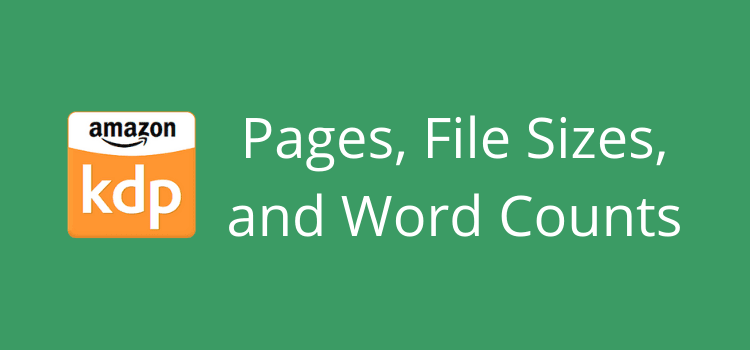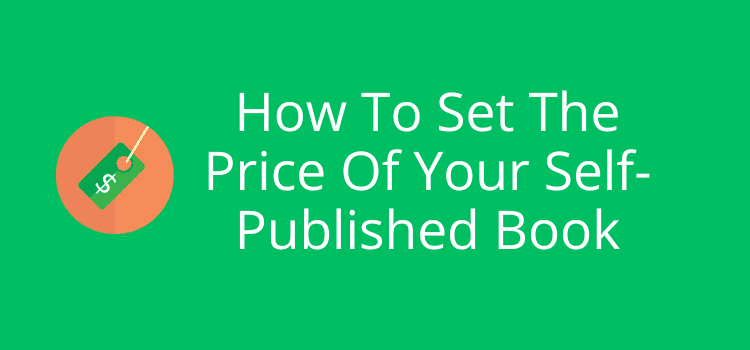
If you are a new author, don’t decide on the price of your self-published book at the time of publishing.
Book buyers are price-sensitive and have expectations of what an ebook or print book is worth. If you rush your decision, you could be pricing your book too low or too high.
Another factor is that you shouldn’t base your price on what you think is fair for the investment in time and money you have made.
It’s always better to take some time to research the best price points for your ebook or paperback.
General pricing guidelines for self-publishers
Researching the pricing of competitive titles in your genre is a must.
If most ebooks in your genre are between $2.99 and $4.99, then pricing your ebook at $7.99 is not going to help you sell copies.
The same applies to your paperback version. Pricing it way above or below books in your genre will affect its selling potential.
Another factor to consider is that, generally speaking, the price of a self-published book is much lower than that of a traditionally published book.
If you write horror, you won’t have a chance if you try to price-match a book by Stephen King.
One trap to avoid is relying on self-publishing services, such as Amazon KDP or Draft2Digital, to set your international book prices automatically.
In particular, check your UK, Australian, and Canadian prices and see if you need to make adjustments.
Very often, these automatic prices are too high for book buyers in these markets.
It is often the case for the UK, where automatic ebook prices, especially, are too high for the market. A good idea is to check Amazon UK for prices in your genre.
Setting your price is not about what royalty you want to make. It’s about what royalty you can make. It’s always better to sell 100 ebooks at $2.99 than no books at $9.99.
When the pennies count
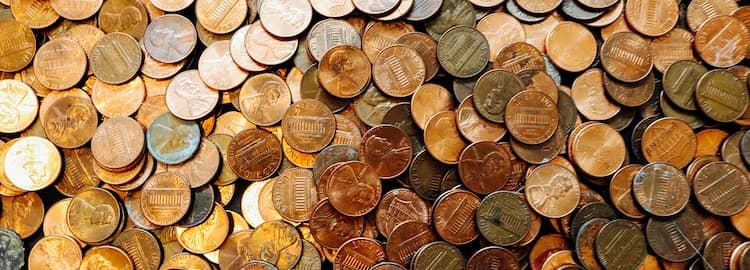
If you look at books on Amazon and other online book retailers, have you noticed that many books have a price ending in .99?
It’s a very old pricing strategy for many products because $3.99 appears cheaper than $4.00. Even if it’s an old trick, it’s still viable.
If you believe your paperback is worth $15.00, then $14.99 is not going to break the bank for you.
But increasingly, the pennies of book pricing strategies are changing.
If you check on Amazon, a lot of books, and ebooks in particular, now have prices with a variety of penny variations.
It’s now common to see ebooks with a price of $4.27, $3.42, or $5.15.
Prices like these are again playing on buyers’ perceptions of value.
Oddly, however, if you check the Apple Books store, most ebooks have prices rounded up to an even dollar.
You’ll find Apple ebooks ranging from $2.00 up to $9.00.
It’s up to you to decide which penny strategy might work best for you.
However, you’ll need to do your research across all the retailers you intend to use.
If you only intend to use Amazon KDP, you can easily check competitive book prices.
But if you intend to publish broadly, you’ll need to check all your potential retailers to see what pricing strategies may work best for your book.
Factors that affect your pricing
The one thing you don’t want to do is sell your book below your direct costs.
For paperback and hardcover versions of your book, check the cost per copy you will be charged.
You want to maximize your royalty, but if your cost per copy is higher than the market expectation, you have a problem.
The only way around this is to look at the possibility of reducing your costs. For print books, the price is calculated on the page count.
The only way to reduce your page count is to reformat your book using smaller fonts and line spacing and remove any unnecessary pages.
As a quick rule of thumb, if you change your text font from 13pt to 11pt, you’ll save around 10% of pages.
As for ebooks, the final ebook file size is a crucial factor on Amazon.
You might not know, but Amazon charges a download fee on all Kindle ebook deliveries for ebooks priced above $2.99.
The charge can be quite hefty if you have a lot of images in your ebook, so you need to check.
While it is rare, you may lose all your royalty earnings if your ebook file size is too big.
An odd factor to know is that Amazon doesn’t charge a download fee if your Kindle ebook is priced at $1.99 or less. Why? I can’t answer that because only Amazon knows and has not provided a reason.
One last tip is that no other online ebook retailer charges a download fee. So, it’s only an Amazon issue.
Set your book price realistically
Because there are many factors to consider when setting your book price, you need to take your time before making a decision.
However, you will need to strike a balance between what you would like to earn per copy and what you can realistically expect to earn per copy.
If you set your pricing well above what the market expects for a book or ebook in your genre, you will struggle to sell copies.
But if you set your price too low, you may make your book appear cheap and dissuade book buyers.
Getting the balance right to be price-competitive in your genre is what you want to achieve.
Ebook subscription earnings
One aspect of book pricing you will have no control over is earnings from ebook subscription services.
Most services pay per page read.
The most popular one is Amazon’s Kindle Unlimited, but there are others.
If you enroll your ebook with KDP Select into Kindle Unlimited, any income you receive will be decided by Amazon.
However, your earnings per page read will always be much lower than if you sell a copy of your ebook.
You should take this into account if you decide to allow your ebook version to be available for ebook subscription readers.
Summary
Setting the price for your new self-published book or ebook is not something you should trust to guesswork.
Take the time to do your research and decide on your pricing well before you publish,
Your ebook will always be less than your print book. However, for each version, you have many factors to consider.
Firstly, you want to make sure you cover your costs and can make a profit from each sale.
And don’t forget about price variations for international readers or individual retailers.
As you may have gathered from the information in this article, there is more to pricing your self-published book than you might have thought.
Related Reading: Before You Publish Use These 5 Helpful Free Tools
Share This Article
